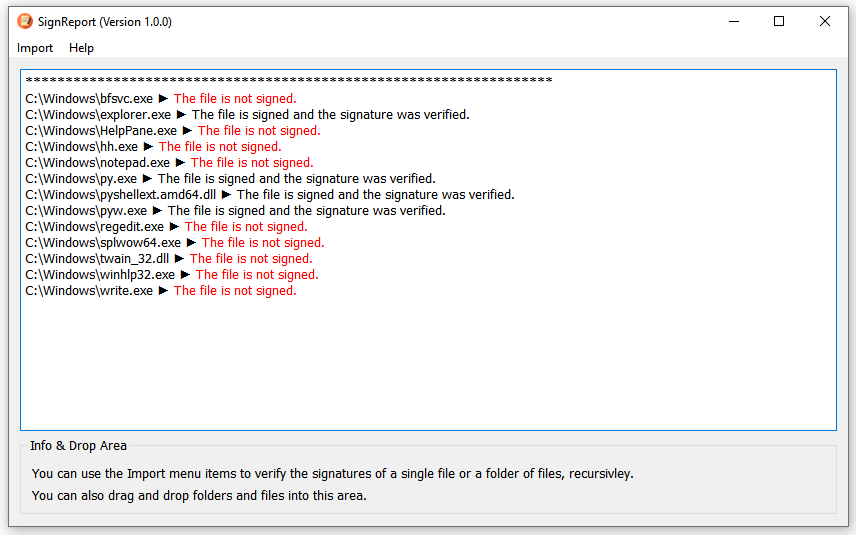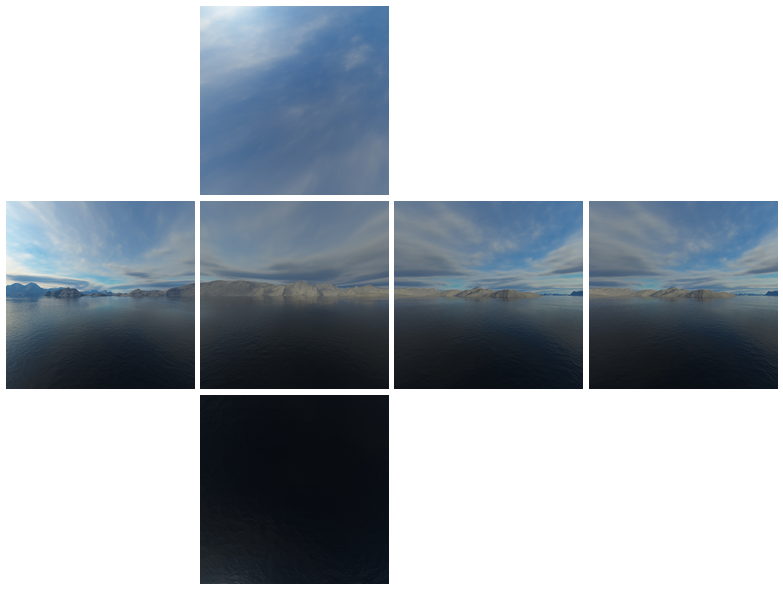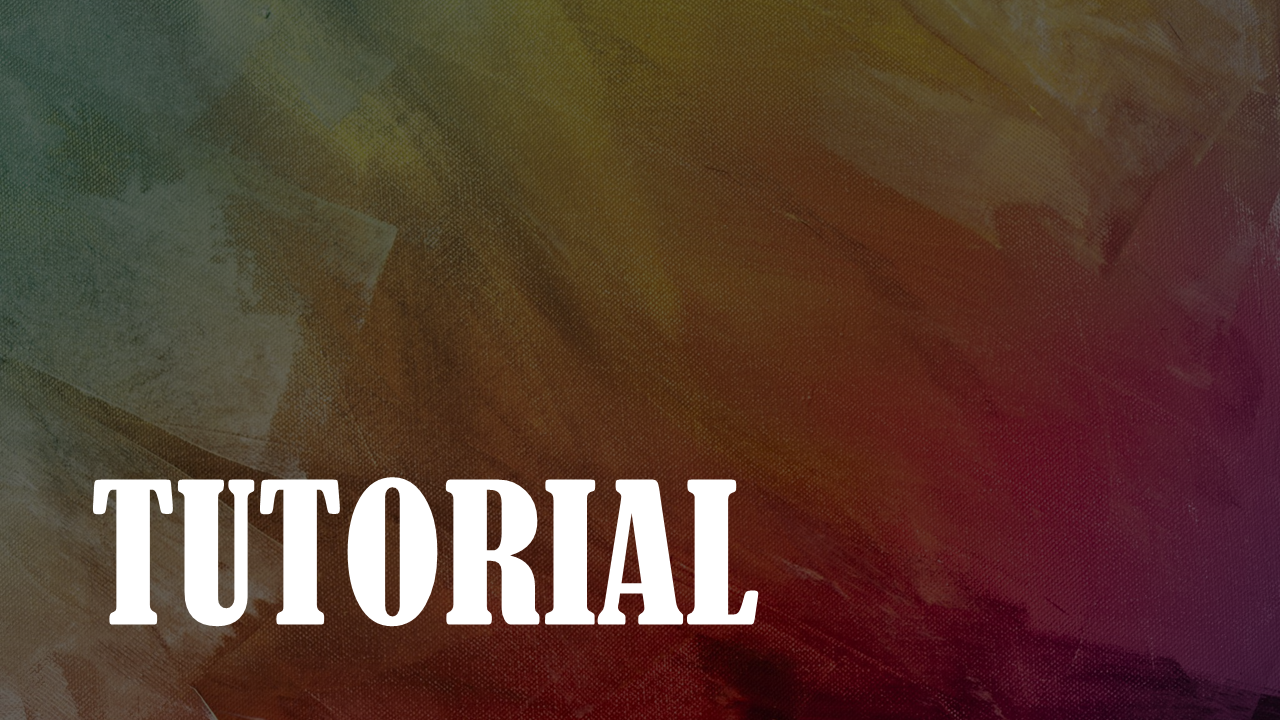Code signing is one of the most popular ways of confirming the integrity of software packages. This is made possible by the author of the PE (such as *exe, *.dll and so on) using a Sign tool to add their signature (a certificate) to the PE file. Checking the signature of PE files on the other hand can be done by using WinVerifyTrust function. This example demonstrates how WinVerifyTrust can be used. In this post I’ll share the slight changes needed to make WinVerifyTrust work with Qt Framework, along with a tool built with Qt Framework, that can be used to verify the signature of all PE files within a chosen folder.
Continue reading “SignReport, a Tool for Batch Verification of PE Signatures”Creating a Skybox Using C++, Qt and OpenGL
Skyboxes are commonly used in video games to create a realistic and wide sense of environment. In addition, they can be used to display 360 degree panoramic images, which is the reason why Computer Vision enthusiasts like myself are interested in this topic. To create a Skybox, you need a set of 6 images that correspond to the 6 sides of a cube. In this tutorial, we’ll learn how to create a Skybox using Qt with OpenGL.
Continue reading “Creating a Skybox Using C++, Qt and OpenGL”Using OpenGL in Qt for Processing Images
Utilizing the power of the GPU, and OpenGL in particular, for Computer Vision and Image Processing purposes has always been a favorite topic of mine. It’s quite easy to find many examples around (even among official Qt example projects) to deal with and learn more about this topic but I figured there are no clear and step by step examples for people who are absolutely new to it. This post aims to cover a number of topics, including the following, in a step by step and simple manner:
- How to use QOffscreenSurface class for off-screen rendering using OpenGL
- How to use QOpenGLFramebufferObject to create Frame Buffer objects
- How to use Vertex Shaders to perform Geometric Image Transformations
- How to use Fragment Shaders to perform Image Filtering and per-pixel operations
- How to convert a texture to QImage
Deploying Qt+OpenCV Applications on macOS
Qt provides an extremely simple mechanism for deploying applications on macOS, thanks to macdeployqt tool. Unfortunately, the same does not apply to Qt for macOS applications that reference 3rd party libraries such as OpenCV. In this post, I’ll describe the manual but simple process of adding 3rd party libraries into macOS Application packages in order to eliminate the need for installing those libraries on our target computers.
Continue reading “Deploying Qt+OpenCV Applications on macOS”Qt Installer Framework – How to Run an Executable During Installation
Qt Installer Framework provides a simple way of creating cross-platform installers and setup files. Some of the questions that are asked quite a lot, but unfortunately are not as well-documented as they should be, is about the “Execute” method which is used to run executable files during installation. In this post I’ve tried to clarify a couple of points about it with a couple of simple examples.
Continue reading “Qt Installer Framework – How to Run an Executable During Installation”Configuring Qt for Windows Projects to Use OpenCV 4.1.0
I usually build OpenCV with the BUILD_opencv_world option which makes it quite easy to configure my Qt projects and work fast. But when it comes to deploying OpenCV powered applications, I still prefer to use the modular and default OpenCV build in order to deploy only the required DLLs and end up with a smaller installer file size.
Continue reading “Configuring Qt for Windows Projects to Use OpenCV 4.1.0”Working with Windows Registry Using Qt
In this post I’ll describe the way to deal with Windows Registry in terms of writing and reading Registry Keys. This is done using QSettings class in general, so let’s see how, with a couple of simple examples.
Continue reading “Working with Windows Registry Using Qt”How to Create AndroidManifest.xml Using Qt Creator
Android Qt projects require AndroidManifest.xml file for a a number of reasons, including the definition of required permissions and so on. Creating this file on the other hand, and adding it to your Android Qt project requires a few strict instructions that are provided in this post.
Continue reading “How to Create AndroidManifest.xml Using Qt Creator”Implementing Minimize To Tray Functionality Using Qt/C++
I wanted to create my own personal stand-alone YouTube Player with Minimize to System Tray functionality. In other words I wanted it to be minimized to the System Tray when I closed it and displayed again when I clicked its icon in System Tray. I actually did it the other day and the whole thing led to this post. So, in this post I’ll describe How to use Qt/C++ to create your own YouTube Player with Minimize to Tray functionality in less than 10 minutes.
Continue reading “Implementing Minimize To Tray Functionality Using Qt/C++”How to Build and Use OpenCV 4 with Qt5 in macOS Mojave
This guide is quite similar to my previous How-Tos about building OpenCV from source codes and using them in Qt, but I wanted to created a fresh one and point out a few of the changes made in this recent OpenCV version that requires you to reconfigure your Qt projects just a bit.
Continue reading “How to Build and Use OpenCV 4 with Qt5 in macOS Mojave”






